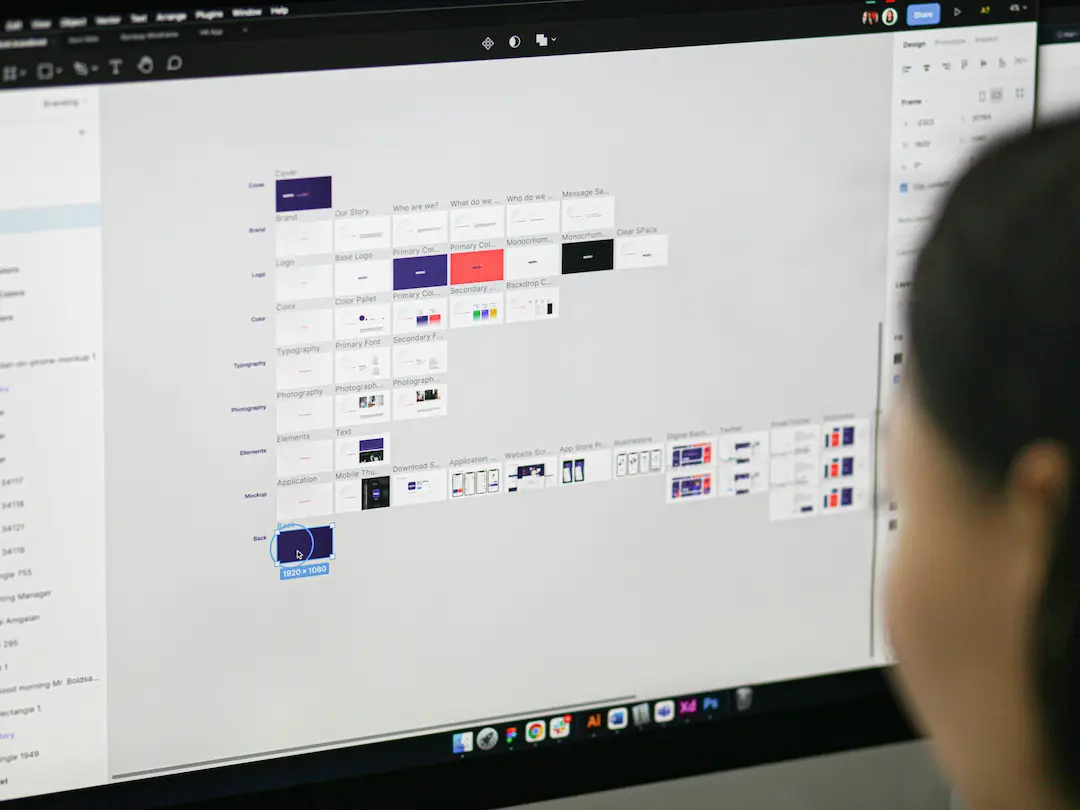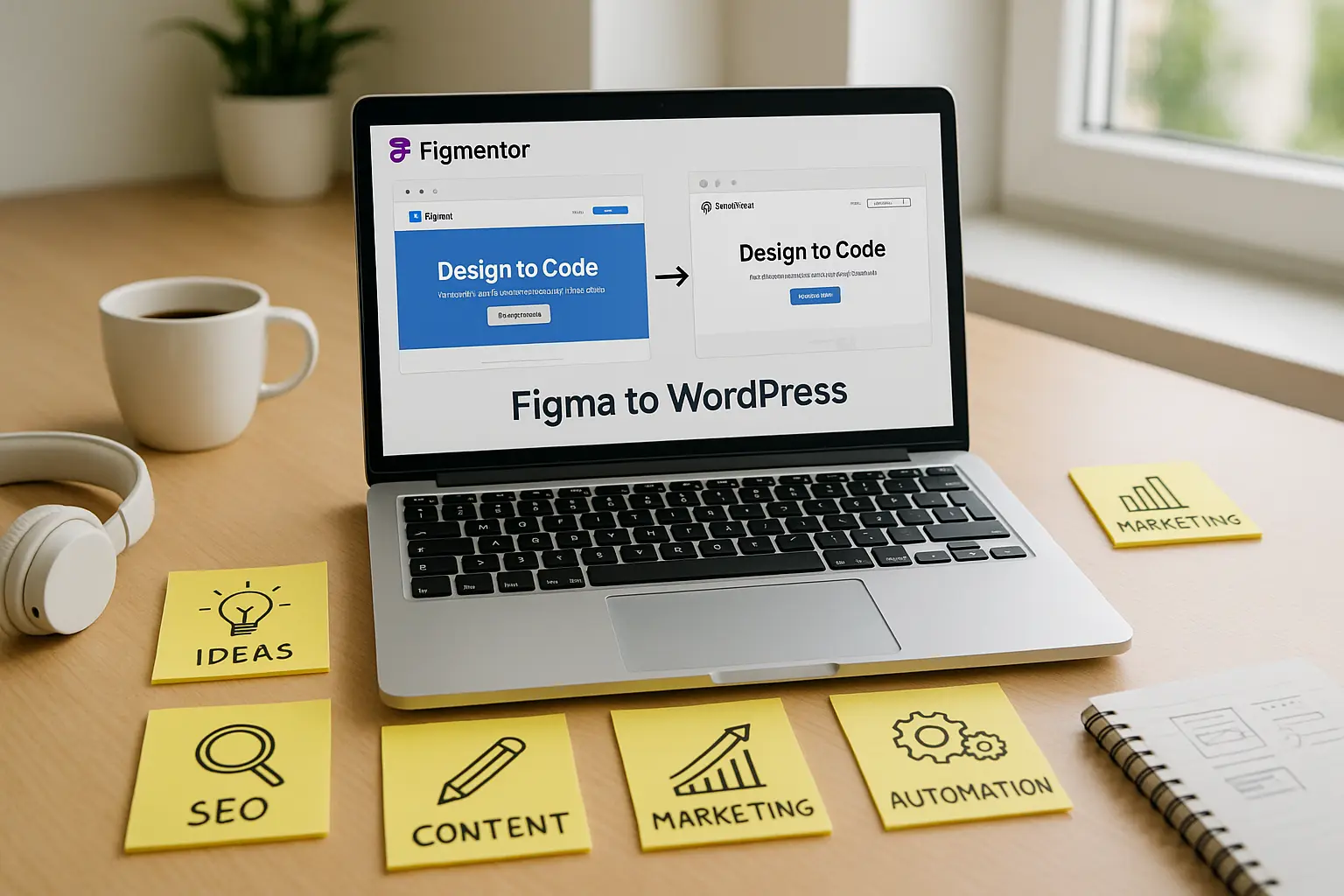Designing beautiful websites should be a joyful, fluid process-focused on creativity, not the tedium of repetition. Yet for many designers still using Elementor’s manual workflow, the experience is anything but. Instead of streamlined efficiency, you face hours lost, creativity drained, and mounting frustration.
Let’s expose the real cost of Elementor’s manual method-and how you can break free with smarter tools built for today’s web design needs.
The Illusion of Efficiency in Elementor
Elementor’s drag-and-drop interface promises speed and flexibility. And to be fair, for small tweaks or basic pages, it’s sufficient. But when you’re rebuilding entire designs from scratch-especially from tools like Figma-the process quickly becomes a slog.
Why Drag-and-Drop Isn’t Always Fast
- Dragging elements, aligning them, and configuring every setting isn’t intuitive when done repeatedly.
- The process introduces inconsistencies, especially when replicating pixel-perfect designs from external tools.
- For each change, you’re retracing the same steps.
Manual Workflow vs. Creative Workflow
What designers need is flow, not friction. When your workflow revolves around manual setup, it saps your mental bandwidth, forcing you to spend time on layout structure instead of aesthetic brilliance.
Where Creativity Dies: Manual Conversion from Figma to Elementor
Imagine crafting a clean, cohesive Figma design-only to realize you now have to build it block by block inside Elementor. It’s the digital version of tracing your own masterpiece.
Copying Designs Pixel by Pixel
- You manually copy font sizes, paddings, colors-risking inconsistency at every step.
- Any misalignment requires more fixes and more guesswork.
Dealing with Nested Sections and Repetitive Layouts
- Each section, column, and widget must be rebuilt.
- Nested elements often introduce responsive quirks not present in Figma.
A Workflow Built on Repetition
The Toll of Redundant Tasks
- You end up rebuilding headers, footers, CTA blocks-every single time.
- Time that should be spent innovating goes into duplicating past efforts.
Time That Could Be Used for Innovation
What if every hour you spend rebuilding could go into crafting better user experiences, refining interactions, or experimenting with animations? That’s the opportunity cost of manual workflows.
The Invisible Time Sink of Elementor
Measuring Time Lost in Manual Design
On average, designers report spending 10-20 hours per project manually converting Figma to Elementor. Multiply that across 10 projects, and you’re already a week behind.
Time Tracking Real-World Use Cases
| Task | Manual Time (hrs) | Figmentor Time (min) |
|---|---|---|
| Figma to Elementor Layout | 8 | 5 |
| Font + Style Matching | 2 | 1 (automated) |
| Responsive Tweaks | 3 | 0 (preset) |
| QA & Debugging | 3 | 1 (with AI Error Detection) |
Hours That Add Up to Days
Agency-Level Losses
For agencies juggling multiple clients, even small inefficiencies compound into lost billable hours and missed launch dates.
Opportunity Costs for Solo Designers
Freelancers lose potential income and client bandwidth due to manual inefficiencies-limiting growth and scalability.
How Manual Workflows Kill Scaling
You can’t scale what you can’t standardize. Manual workflows:
- Don’t translate well to team collaboration.
- Can’t be templatized easily.
- Require training every new hire on inefficient methods.
The Creative Burnout No One Talks About
Psychological Fatigue from Repetition
Doing the same mechanical steps over and over leads to:
- Boredom
- Mental fatigue
- Loss of passion for design
Losing the Joy of Design
Eventually, the thrill of visual creativity fades into the background, replaced by frustration and fatigue.
The Financial Drain of “Doing It All By Hand”
Missed Clients and Delayed Launches
Every hour you spend repeating tasks is an hour not spent pitching new clients or refining project strategy.
Lost Monthly Revenue Opportunities
Inconsistent project timelines directly impact:
- Recurring income
- Client satisfaction
- Long-term scalability
Is Elementor Holding You Back in 2025?
The design world has evolved. From AI-assisted tools to full-stack design automation, relying solely on manual methods in Elementor is outdated.
Why the Industry Is Shifting
- Faster tools are emerging to meet tight deadlines.
- Clients expect quicker turnarounds without quality compromise.
- Teams demand automation to remain competitive.
Introducing the Game-Changer: Figmentor
Built for designers who value their time, Figmentor bridges the gap between Figma and Elementor.
From Design to Live in Seconds
- Export Figma designs as Elementor-ready templates.
- Clean code, preserved spacing, typography, and alignment.
- No more manual rebuilding.
Figmentor AI’s Error Detector
- Automatically scans for layout errors.
- Saves you time and export credits.
- Reduces debugging cycles post-export.
Real-World Benefits of Automation
Use Cases from Freelancers, Teams, and Agencies
Whether you’re a solo designer or leading a team of 20:
- Scale delivery speed.
- Increase revenue per hour.
- Eliminate repetitive tasks.
Time-Saving Scenarios with Figmentor
| Workflow | Manual (Elementor) | Automated (Figmentor) |
|---|---|---|
| Single-page website | 10 hours | 30 minutes |
| Landing page revisions | 3 hours | 10 minutes |
| Multi-page websites | 30 hours | 2 hours |
Why Figmentor Is Built for 2025 and Beyond
- Integrates with Figma’s evolving API.
- Supports newer Elementor versions.
- Designed for visual fidelity and code accuracy.
Common Myths About Manual Design Workflows
Myth 1: Manual gives better control Truth: Automation preserves control while saving time.
Myth 2: Automation leads to bugs Truth: Figmentor’s AI reduces bugs by predicting them before export.
Myth 3: Teams can’t rely on automation Truth: Teams thrive with predictable, repeatable workflows.
Final Thoughts: Time to Reclaim Your Design Power
Manual Elementor workflows may have worked five years ago, but today they’re a bottleneck. If you want to reclaim your creativity, protect your time, and build scalable systems, it’s time to switch to smarter tools.
Start using Figmentor-because design should be fun, not frustrating.
Frequently Asked Questions
Q1. What is Figmentor? A tool that converts Figma designs directly into Elementor templates, saving hours of manual work.
Q2. Does Figmentor work with any Figma file? Yes, it supports most standard Figma design formats and layouts.
Q3. Will Figmentor preserve my responsive settings? Yes. Figmentor ensures your design remains responsive across devices.
Q4. Is Figmentor better than Elementor’s native import options? Yes, it offers higher fidelity, automation, and error detection.
Q5. Can agencies use Figmentor for clients? Absolutely. Figmentor is ideal for scaling design workflows in teams and agencies.
Q6. How much time can I save using Figmentor? Designers report saving between 5 to 15 hours per project.




